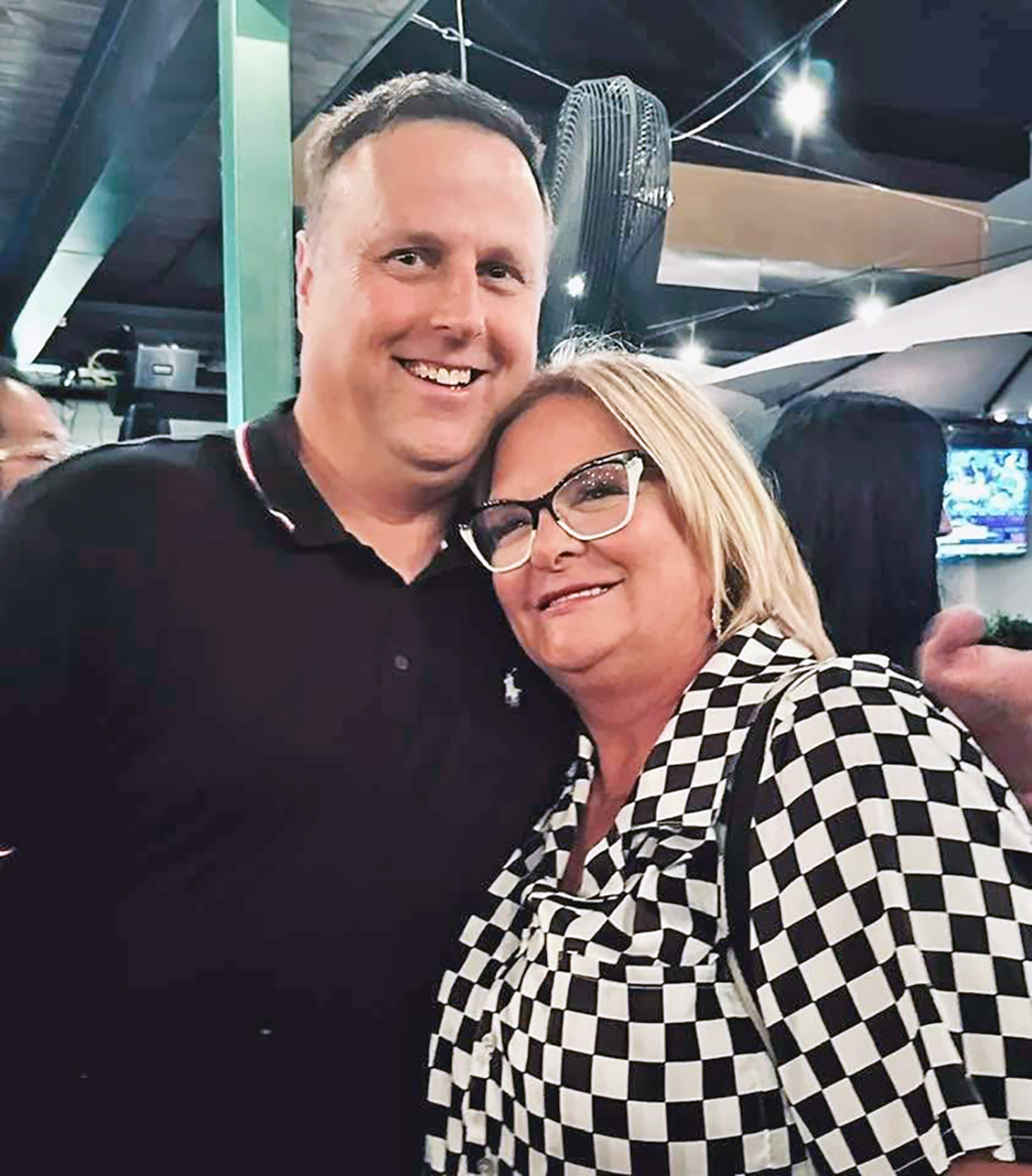The tale of Johnny Reb and Billy Yank
Published 12:00 am Sunday, April 10, 2011
The American Civil War began on April 12, 1861, and ended in various places in 1865. This tragic conflict is known by many names: “the great historical experience of the American people,” the “War Between the States,” the “Great Rebellion,” the “Second American Revolution,” the “War for the Union,” the “War of Secession,” and the “Brothers’ War.”
Whatever it is called, it resulted in military casualties of 360,000 Union dead and 258,000 Confederate dead before the victory of the United States restored the Union.
Even now, the American Civil War is second only to the Vietnam War in references to per capita participants and deaths.
The struggle pitted the 23 states that remained in the Union (population 22 million) against 11 Southern states (population 9 million, including more than 3,500,000 slaves). It was thought that “loyal” slaves remaining “on the land” at home would free more Southern whites to fight the Union.
During the last weeks of the war, the Confederacy, facing a noticeable shortage in manpower, was training current slaves in Richmond to become Confederate soldiers. A promise of post-war freedom enticed participants, but the war ended first.
Prior to the Civil War becoming our writingest and storytellingest war, it was our talkingest war. Walt Whitman, the great poet, acted as male nurse and letter writer during the war, caring for the Union vets after wondering about the fate of his own brother.
Mr. Whitman believed that “The real war would never get in the books,” but was in the “hard meat and sinew” of soldiers’ talk of campaigns, fights, and marches with their “minutiae of deeds and passions.”
Historians will always differ over the fundamental causes of the War. While the slavery question found its way into every facet of the struggle, it cannot be said that the Civil War was fought initially to free the slaves.
Many historians see the war as an “irrepressible conflict” between Northern capitalists and free farmers and the Southern planter aristocracy. It seemed Northerners favored high tariffs, subsidies to railroads, and a centralized banking system, while Southerners opposed such economic expansion.
Doctrinal interpretation led to conflict in North and South over a struggle between states’ rights and the features of the United States Constitution supporting a strong central government.
Politicians, either abolitionists or Southern fire-eaters, left their marks upon contending political parties as early as 1846. Before, during, and after the “Great War,” it was apparent that the United States was on its way to becoming an industrial giant, while the Confederacy, or what was left of it, had been a feudal society that put too much faith in “King Cotton.”
After three, major compromises to avoid more sectional violence and bloodshed and outright war, “Blue” and “Gray” went to battle. The Civil War was fought in 10,000 places in 10,000 skirmishes, ambushes, massacres, formal battles, or accidental clashes.
More than three million Americans fought each other from Valverde, New Mexico, to St. Albans, Vermont, and Fernandina on the coast of Florida.
Between 618,000 and 620,000 men, or two percent of the population, would die in this War. California saw six skirmishes, Oregon four, and very sporadic fighting took place in Utah, Idaho, and Washington Territory.
Many believe the final action of the American Civil War occurred at the edge of the Arctic Circle.
Between the lines, somewhere in rural Virginia in 1864. Both armies were in camp awaiting the battle that would come the next day.
At dusk, a Southern picket yelled to a Yankee picket. “Hey, Billy, you got any old newspapers over there or any ‘Abe Lincoln Coffee?’” In a quiet reply, the Union soldier asked if the “Reb” had any “Jeff Davis Tobacco.” They agreed to meet between their picket stations after “Tattoo.”
When morning came, it would be the booming of artillery, the whizzing of minie balls, and for some, the thrusts of bayonets. It was the last war of chivalry!
Bob Leith is a history professor at Ohio University Southern.





